But no difference in survival if there is no dysfunction
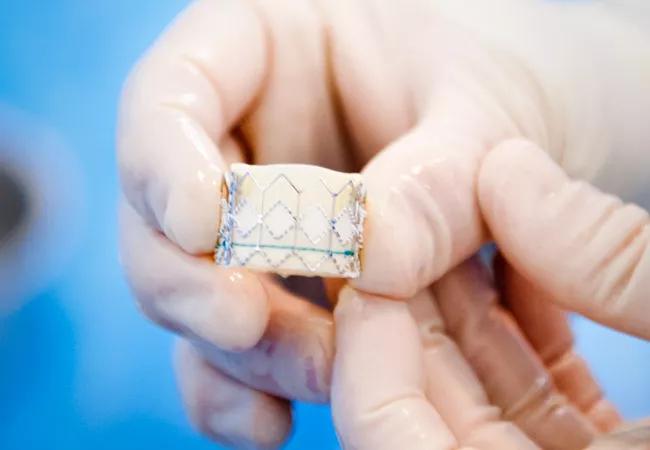
Among patients with severe aortic stenosis at intermediate surgical risk, worsening right ventricular (RV) function and worsening tricuspid regurgitation are both more common following surgical aortic valve replacement (SAVR) compared with transcatheter aortic valve replacement (TAVR), according to two new subanalyses of the multicenter PARTNER 2A trial. But the analyses show that if there is no dysfunction, there is no difference in survival between the two methods of AVR. And the findings imply that patients with preoperative tricuspid regurgitation may benefit from concurrent repair of the tricuspid valve during SAVR.
Cleveland Clinic is a non-profit academic medical center. Advertising on our site helps support our mission. We do not endorse non-Cleveland Clinic products or services. Policy
So reported Cleveland Clinic cardiologist Paul Cremer, MD, who presented the findings on behalf of a team of researchers from Cleveland Clinic and other centers on March 18 at ACC.17, the American College of Cardiology’s 66th Scientific Session.
“Worsening of both RV function and tricuspid regurgitation have been described after aortic valve replacement, but the comparative incidences of these conditions after SAVR versus TAVR had not been reported,” says Dr. Cremer in explaining the rationale for the analyses.
To fill that knowledge gap, he and Cleveland Clinic colleagues turned to a rich data set — serial echocardiography findings from the 2,032-patient PARTNER 2A randomized trial whose final two-year results were presented at the 2016 ACC scientific session, revealing that TAVR was noninferior to SAVR in aortic stenosis patients at intermediate risk of surgical complications.
They included in their analyses patients from PARTNER 2A who had core lab echocardiograms at baseline and 30 days after valve replacement, yielding a sample of 1,355 patients. The imaging core lab of the Cleveland Clinic Coordinating Center for Clinical Research (C5Research) was the trial’s leading echo lab.
Primary outcomes of interest were cardiac death from 30 days to two years after valve replacement and the following analysis-specific measures:
Both analyses employed univariate and multivariate assessments of associations as well as the Kaplan-Meier method and multivariable Cox proportional hazard models for survival analysis. Preliminary abstracts of the analyses are available here (for RV function) and here (for tricuspid regurgitation).
“We found that both deterioration in right ventricular function and worsening tricuspid regurgitation are more common among patients undergoing SAVR compared with TAVR, and that each of these effects conferred significantly greater mortality risk across the entire cohort,” notes Dr. Cremer. “While tricuspid regurgitation and RV dysfunction were predictors of long-term survival, SAVR per se was not. It’s important to note that without postoperative tricuspid regurgitation or RV dysfunction, there was no difference in survival between the two methods of AVR.”
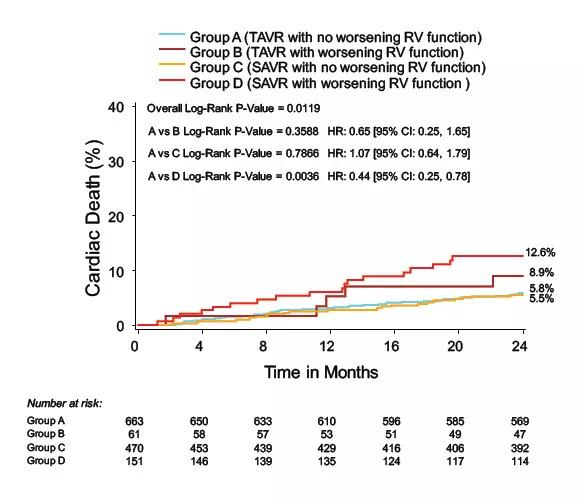
Rates of cardiac death according to AVR method and presence or absence of RV function worsening.
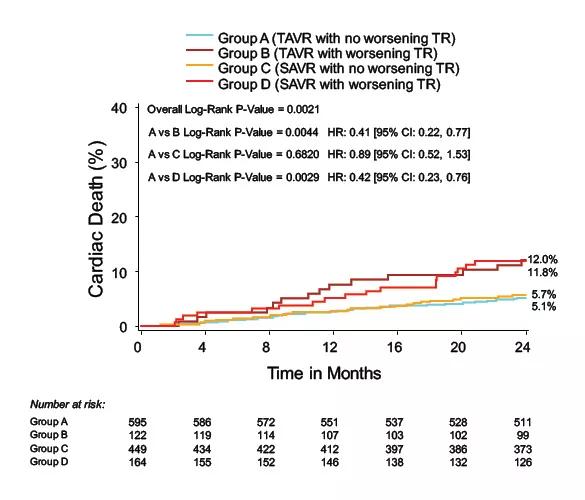
Rates of cardiac death according to AVR method and presence or absence of worsening tricuspid regurgitation.
Dr. Cremer says the most important message for clinicians is the need to pay close attention to RV function and tricuspid regurgitation after patients undergo either method of AVR, given these findings’ prognostic implications.
He also calls attention to the emergence of what he terms a “dose response” in these analyses. “We found that patients who initially have normal RV function and no significant tricuspid regurgitation but who develop at least moderate RV dysfunction or tricuspid regurgitation have the worst outcomes,” he says.
“In the future,” Dr. Cremer adds, “given that overall outcomes are similar with TAVR and SAVR in these intermediate-risk patients, these analyses may help further refine which patients should undergo TAVR and which should have SAVR.” He notes, for example, that TAVR may be preferable in certain women, as women are more likely to develop worsening tricuspid regurgitation. In contrast, SAVR may be preferable in specific patients with moderate tricuspid regurgitation at baseline, since they are more likely to develop RV dysfunction and thus concomitant tricuspid valve repair might be possible.
“But I wouldn’t change practice just yet,” he says, adding that further study is needed.
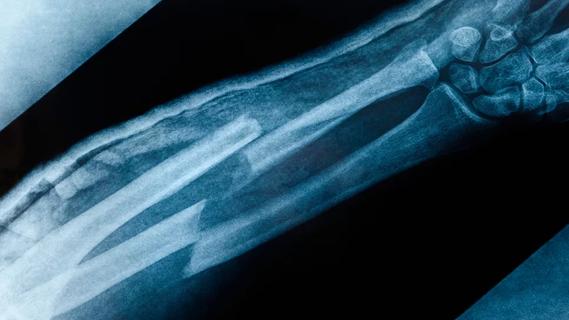
Surprise findings argue for caution about testosterone use in men at risk for fracture

Findings support emphasis on markers of frailty related to, but not dependent on, age
![GettyImages-1252287413 [Converted]](https://assets.clevelandclinic.org/transform/StoryPanel/350804b2-f1e4-4d97-a277-9629cf45af3e/23-HVI-4120348_redlining_650x450_jpg?w=3840&q=75)
Large database study reveals lingering health consequences of decades-old discrimination
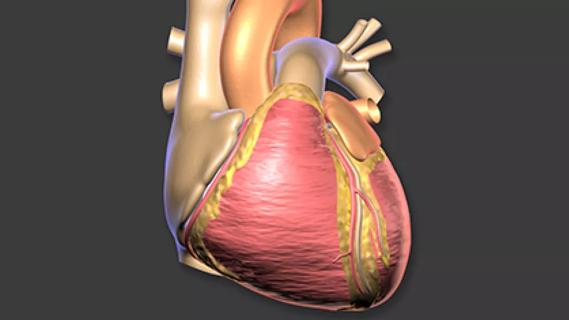
Additional analyses of the two trials presented at 2023 ESC Congress
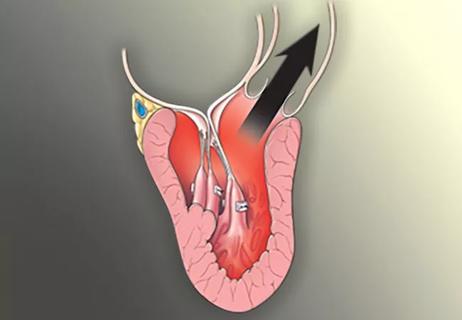
Prospective SPIRIT-HCM trial demonstrates broad gains over 12-month follow-up

An ACC committee issues recommendations to accelerate sluggish progress
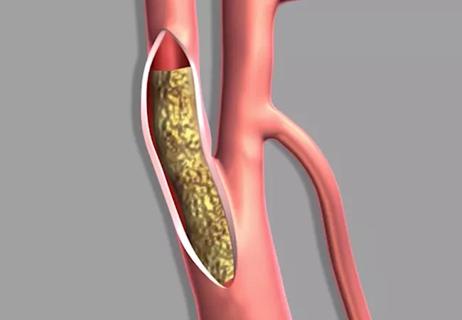
Review of our recent experience shows it’s still a safe option

Machine learning may improve risk prediction and guide therapy